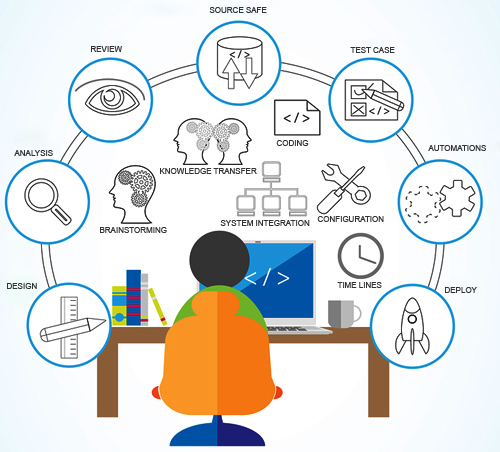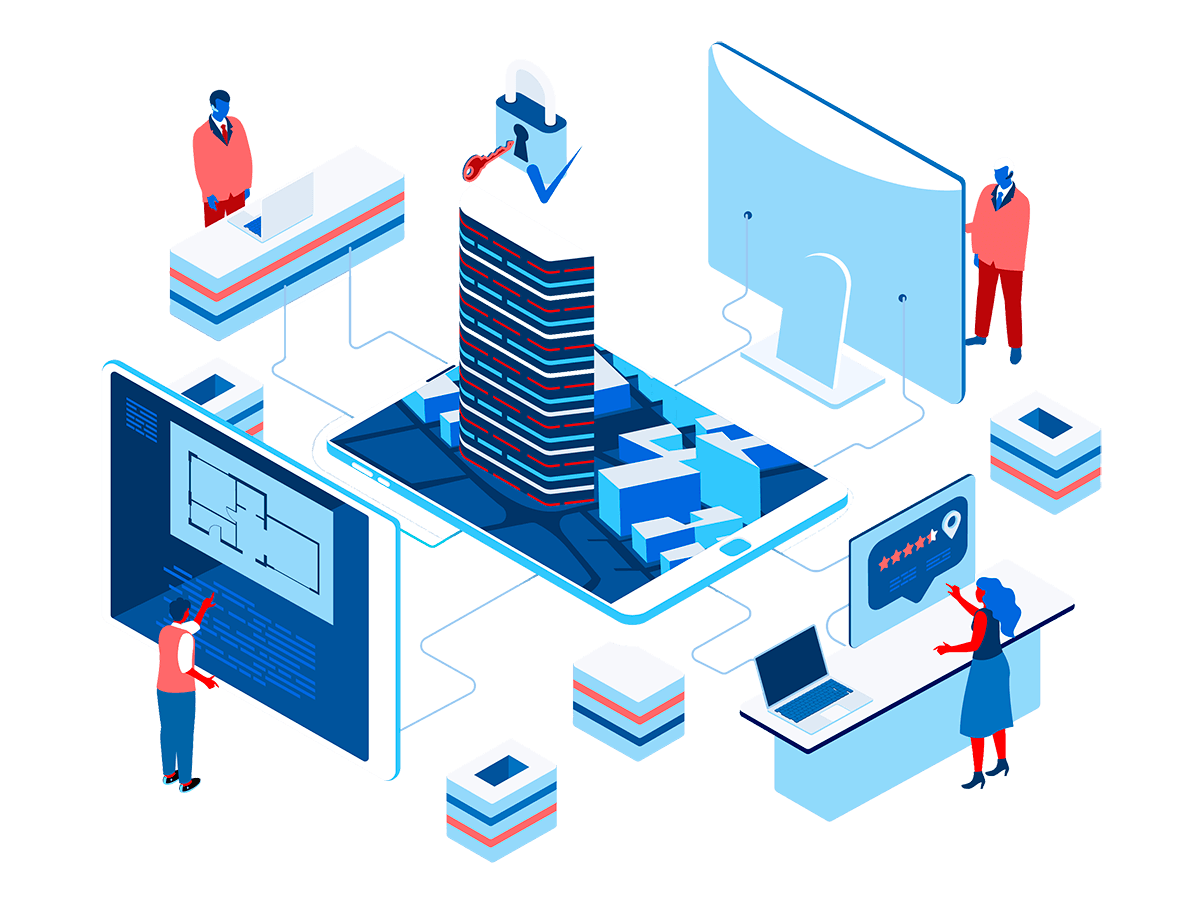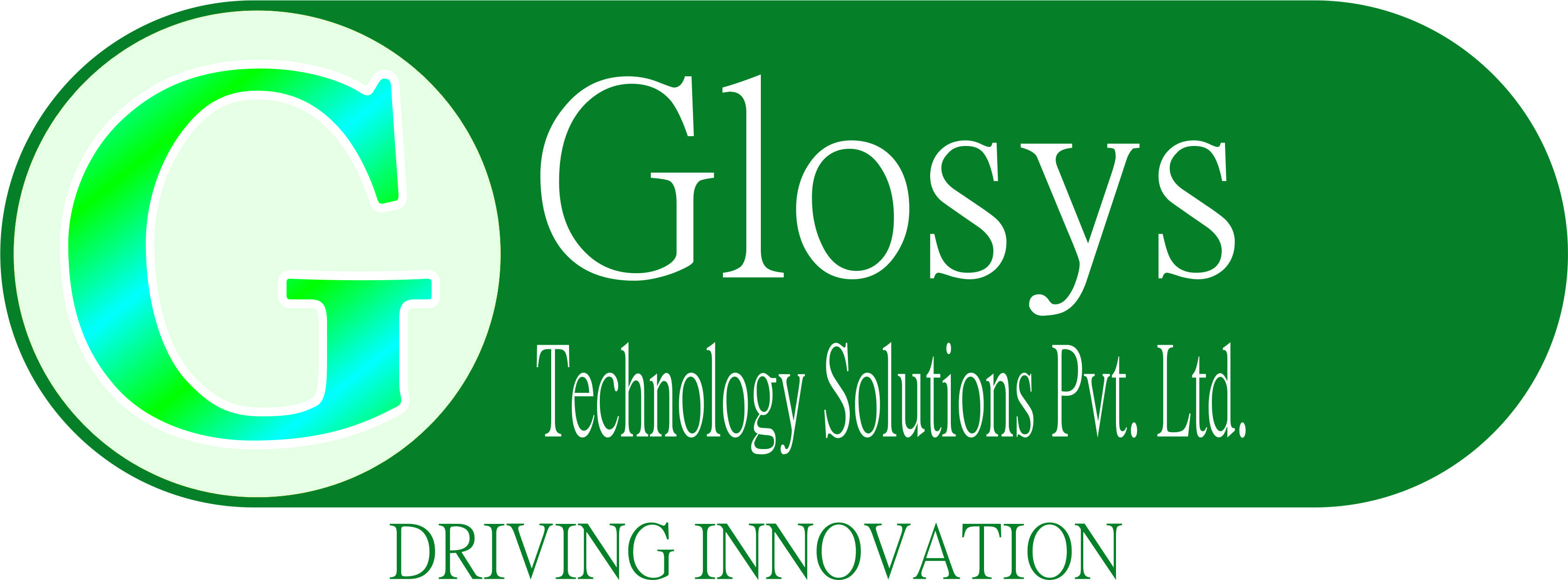glosys Automotive AI Overview
glosys Automotive AI, One of the components of glosys AI Platform, provides AI & Cloud Software Suite and SaaS Applications and Services for AI and Analytics Team to focus on Automotive Data Management, Annotation Automation, Model Management for Automotive, MLOps Automation and Automotive data security in the digital world
Features We offer

Automotive Data Management
glosys Automotive AI manages Automotive data sets in terms of data extraction, transformation, loading and processing effectively
Automotive Annotation Automation
glosys Automotive AI focuses on auto-annotating, Automotive image and video annotations, interpolate and fine tune the performance of the annotator for Automotive data


Automotive Models Management
glosys Automotive AI leverages construction of Automotive ML Pipelines, Auto-ML to develop production-ready Automotive AI, Model Workflows, Models Hub and Model Metrics for Automotive data
Automotive MLOps Automation
glosys Automotive AI harnesses the power of construction of Automotive CI/CD AI Pipelines using built-in neural networks, python SDK, webhooks and advanced orchestration


Automotive Data Security
glosys Automotive AI protects and secures image and video data using security features such as roles management, profiles and permissions management, access control and field level security
Model Types glosys Automotive AI leverages
Object Detection & Localization
Detect and locate the presence of multiple objects within an image, drawing bounding boxes around them to indicate their position and size
Learn More
Object Classification
Identify and assign a label or multiple labels to images based on the presence or absence of specific features or patterns within the image
Learn More
Captioning & Action Recognition
Automated process of generating textual description of an image, identify and classify human actions or movements within a video using action recognition
Learn More
Semantic Segmentation
Divide an image into distinct regions or segments, and assign labels representing the category of objects or features they belong to, to each individual pixel
Learn More
Instance Segmentation
Detect and delineate individual object instances within an image, and assign a unique label to each pixel that belongs to that instance
Learn More
Object Tracking
Follow or track the movement of one or more objects within a video sequence by detecting and matching features across frames.
Learn More
Usecases for Automotive

Electric Vehicles
Focus on Electric Motors such as AC induction motors, permanent magnet motors, or brushless DC motors and a single-speed/multi-speed transmission with the wide torque range and design an inverter to convert DC power from the battery to AC power for the motor
Select Battery System in which lithium-ion, solid-state batteries, battery management system to monitor and manage the state of charge, temperature, and voltage of individual battery cells and thermal Management should exist
An onboard charger to convert AC power from charging stations to DC power for the battery
Vehicle Chassis for choosing lightweight materials like aluminum or carbon fiber to offset the weight of the battery and improve overall efficiency.
Vehicle Control Unit to manage the overall vehicle operation, integrating functions like power distribution, regenerative braking, thermal management
and electronic control systems for steering, braking, and acceleration.
Design a user-friendly interface for controlling various vehicle functions, providing information about battery status, range, and charging.
Autonomous and Connected Vehicles
Perception and Sensing for detecting and recognizing objects in the vehicle's surroundings, such as pedestrians, other vehicles, and obstacles.
Mapping and Localization for enabling vehicles to create accurate maps of their surroundings and determine their position within those maps.
Path Planning and Decision Making for helping vehicles learn from experience and adapt to dynamic and complex traffic scenarios.
Human-Machine Interaction for effective communication between the vehicle and passengers or pedestrians using NLP
Cybersecurity for detecting unusual patterns in data, helping to identify potential cyber threats and secure the vehicle's software and communication systems
Simulation and Testing for allowing developers to expose vehicles to a wide range of scenarios before deploying them on real roads
In-Cabin Analytics for safety, security, surveillance, and monitoring, including privacy concerns for personal and shared autonomous vehicles


Driver Distraction Detection
AI driven deep learning models can generate warnings for the distracted driver periodically when they detect various kinds of distracted behavior of a driver like using cell phone, talking to others, eating, sleeping or lack of concentration during driving
Automotive Semantic Segmentation
Divide the Automotive image into clusters to seamlessly classify objects like cars, bikes, pedestrians, sidewalks, traffic lights, etc.


Street sign detection
Train your model to recognize and read street signs to bypass accidents on the road
Video object tracking
Annotate videos to help your model detect objects and follow their movement.

Meet Your AI for Automotive Objectives & Needs

